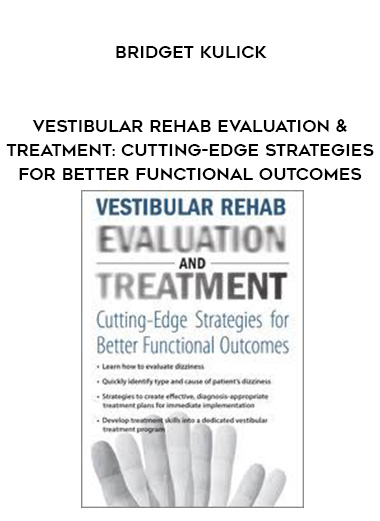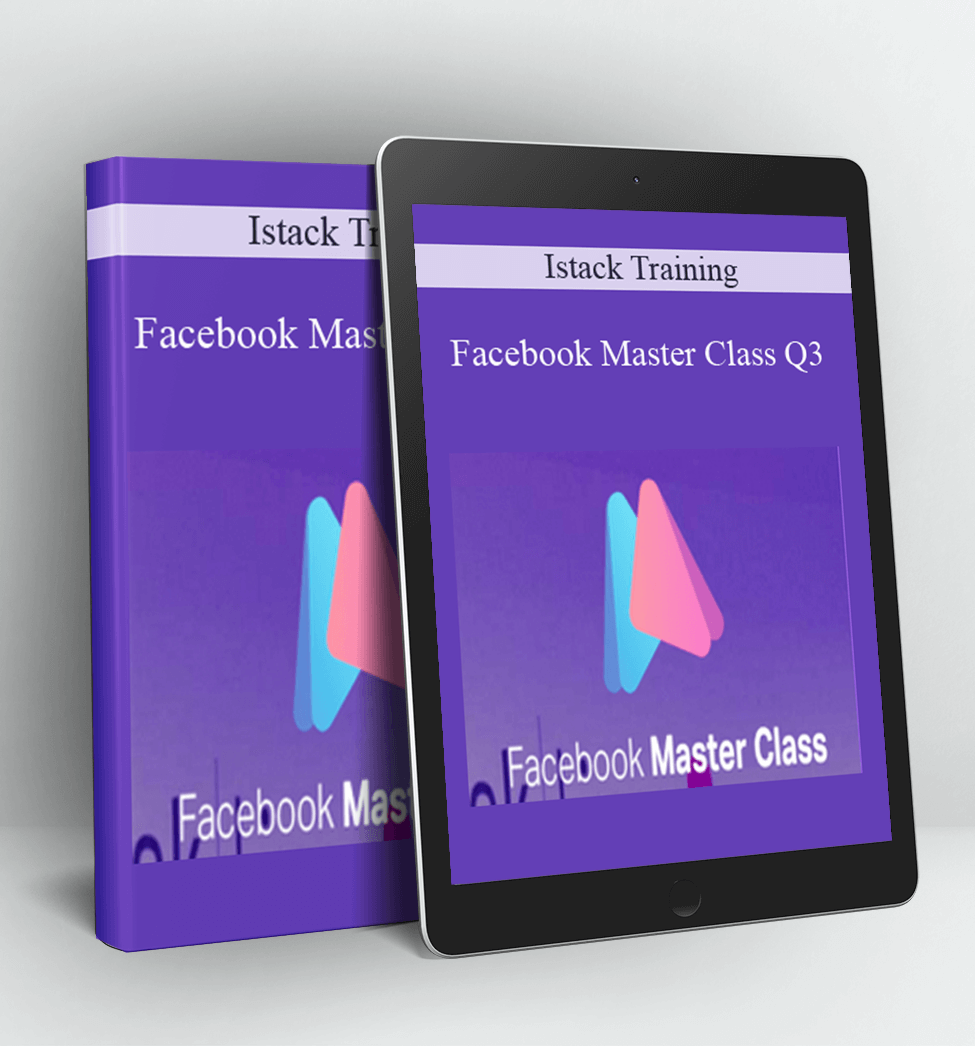VESTIBULAR REHAB EVALUATION & TREATMENT: CUTTING-EDGE STRATEGIES FOR BETTER FUNCTIONAL OUTCOMES – BRIDGET KULICK
- Learn how to evaluate dizziness
- Quickly identify type and cause of patient’s dizziness
- Strategies to create effective, diagnosis-appropriate treatment plans for immediate implementation
- Develop treatment skills into a dedicated vestibular treatment program
Physical therapists trained in vestibular rehab can provide life-changing benefits to patients who suffer from dizziness and balance disorders. This course will equip you with the tools to evaluate symptoms in patients and determine the cause for dizziness, assessments after functional tests, and the most cutting-edge treatment strategies. You will learn strategies for a thorough, yet efficient evaluation and how to explain the rationale for your evaluation, techniques and subsequent treatments such as canalith repositioning, video goggles, rotary chairs and manual therapy.
Through a unique combination of instruction, hands-on lab, demonstrations and case studies, you will learn…
- How to pinpoint where a patient’s dizziness is coming from
- When further work-up is needed
- What treatment strategy will promote the best functional outcomes for your patient
You will never have to tell your patient with dizziness, “I can’t help you.” You will leave this seminar with a toolbox full of strategies to implement immediately in your clinical practice!
OUTLINE
Symptoms of Balance and Dizziness Disorders & How to Categorize
- Visual Impairments
- Motion Intolerance
- Cognitive and Emotional Effects
- Physical Symptoms
Peripheral Vestibular Diagnoses
- Labyrinthitis
- BPPV
- Meniere’s Disease
- Perilymphatic Fistula
- Others
Oculomotor & Balance Evaluation
- Lab and Demonstration
Evaluation Tests
- Determine Central vs. Peripheral Vestibular Dysfunction
- VOR Testing
- Functional Gait Assessment
Advanced Balance and Vestibular Testing Equipment
- Computerized Balance Testing
- ENGs and Audiograms
- Video Goggles
- Rotary Chair
Assessment after Tests: Putting It All Together
- Creating treatment plans
- Evidence-based guidelines
Treatment Techniques
- Exercises
- Manual Therapy
- Referral for Non-Physical Therapy Treatments
Canalith Repositioning for Benign Paroxysmal Positional Vertigo (BPPV )
- Lab and Demonstration
- Treatments for Posterior, Anterior and Horizontal Canals
- Epley’s Maneuver, Log Roll, Appi Maneuver
Central Vestibular and Non-Vestibular Diagnoses and Treatments
- Cervicogenic Dizziness
- Migraine Associated Dizziness
- Medications
- Head Injury/Concussion
- Neurological Disorders
Documentation of the Evaluation
- Billing
- CPT & ICD-9 Codes
Developing a Dedicated Vestibular Treatment Program
- Integrating treatment skills into a vestibular program
OBJECTIVES
- Identify the anatomical structures and neurophysiological systems involved in balance/dizziness disorders.
- List the symptoms and describe the clinical presentation of a variety of balance and dizziness diagnoses.
- Perform an efficient and informative vestibular and balance evaluation.
- Create an effective, diagnosis-appropriate treatment plan you can implement right away.
- Perform the Epley’s Maneuver and other treatments for BPPV.
- Collaborate with other healthcare providers to refer the appropriate patients for further work-up.
- Provide patients with outside resources to help them learn more about their disorders.
- Develop a “balance-center” approach, tailored to the clinician’s own work setting, identifying key participants.
Tag: Vestibular Rehab Evaluation & Treatment: Cutting-Edge Strategies for Better Functional Outcomes – Bridget Kulick Review. Vestibular Rehab Evaluation & Treatment: Cutting-Edge Strategies for Better Functional Outcomes – Bridget Kulick download. Vestibular Rehab Evaluation & Treatment: Cutting-Edge Strategies for Better Functional Outcomes – Bridget Kulick discount.




